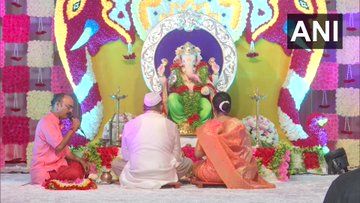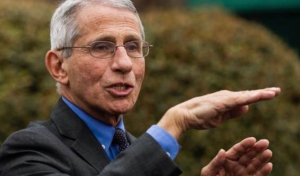The ten-day long Ganesh Chaturthi festivities begins in India on Friday as authorities across the country impose measures to restrict celebrations amid a threats of a potential third wave of COVID-19.
Police in Mumbai, where the celebrations for the festival are among the most fervent in the country, has imposed orders under CrPc section 144, prohiboting assembly of five or more persons from September 10 to 19.
Processions will not be allowed and devotees will also not be allowed to visit pandals, officials said. Meanwhile, the Uttar Pradesh government has also prohibited installation of Ganesh idols in public places, PTI reported.
However, the festival can still be celebrated with a lot of enthusiasm at home and people can witness grand aartis from at prominent temples virtually from their homes.
Also Read | Sugar-free to mint modak: 3 innovative recipes for this Ganesh Chaturthi
Here is a look at how the aartis were held on the first day of the festival on Friday:
Every year, the celebrations are at their grandest in Mumbai’s Lalbaug area, where the Ganesh idol is known as ‘Lalbaugcha Raja’. Friday morning saw priests performing their traditional aarti on the first day of the festival.
Watch the aarti here:
Similar scenes could be witnessed in Maharashtra’s Nagpur, where priests performed morning aarti at the Shri Ganesh Mandir Tekdi.
Ganesh Chaturthi is a ten-day-long festival to mark the birth of Lord Ganesha. It falls on the (Chaturthi Tithi) fourth day of the Hindu month of Bhadra. On this occassion, people decorate Ganesh idols at home and pray for good fortune, prosperity and wisdom.
Large statues are also installed at public places where puja is conducted for ten days. Some people also observe fast for all ten days and only break it after bidding Lord Ganesha goodbye. On the tenth day, the idols are submerged in water to mark the end of the celebrations.







